China’s Double 11 2025: Record Demand, Policy Support, and New Openings for Global eCommerce Sellers
Reading Time: 2 minutesChina’s Double 11 shopping festival — the world’s largest annual online retail…
Direct-to-consumer commerce model has shown staggering growth in recent years. So, before we get into the definition, details, challenges, and solutions surrounding the DTC eCommerce model, let’s look at these 3 stats (Insider Intelligence):
Once you understand the above data, it suggests that more and more brands are adopting the DTC (or direct-to-consumer)way of commerce or eCommerce.
But why?
The answer lies in the way the DTC model works. The model brings a brand closer to its customer (66% of online shoppers purchase directly from brands).
While the DTC model empowers sellers with greater control over profits, messaging, and branding, there are some underlying challenges for the sellers.
This article aims to explore common challenges encountered by DTC brands and provide potential solutions to address and overcome them effectively.
Simply put, the D2C (or DTC or direct-to-consumer) commerce model empowers the seller to directly sell the products to the customers, eliminating the middleman/wholesaler.
Above all, the three key elements of the model are:
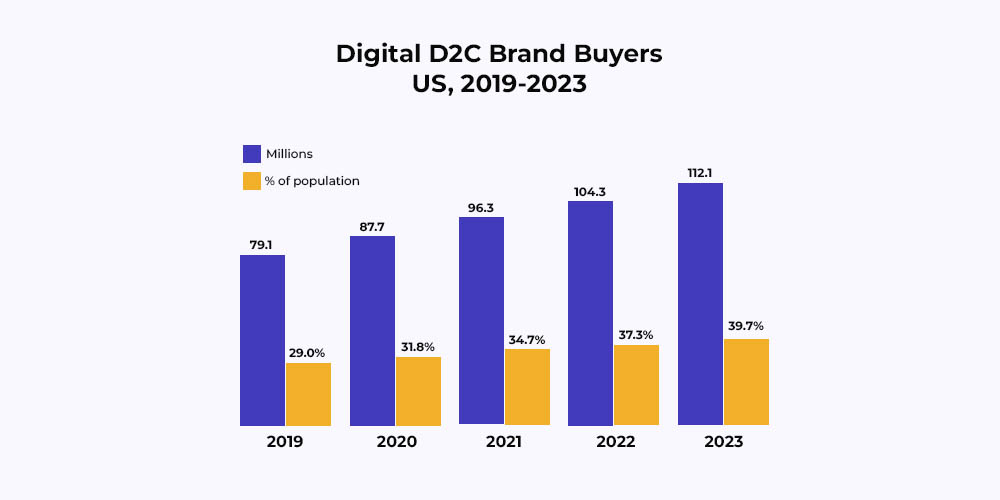
As DTC brands strive to provide a seamless and efficient customer experience, managing the shipping and fulfillment process becomes crucial. All in all, the major challenge is optimizing logistics and ensuring timely delivery. Sellers often face complexities in coordinating inventory across multiple channels, integrating with shipping carriers, and choosing the most cost-effective shipping methods. Also, handling returns and exchanges can add to the challenge as DTC brands typically navigate the process independently, which requires effective reverse logistic management.
With an increasingly crowded marketplace and fierce competition, standing out and capturing the attention of potential customers is a challenging task. All things considered, DTC brands often need help building brand awareness and establishing credibility, mainly if they are new or less known. Limited marketing budgets and resources increase the challenge, as they must find cost-effective ways to reach and engage their target audience.
Additionally, it can be difficult to identify the right customer segments and tailor marketing messages to resonate with them. DTC sellers also face the hurdle of convincing customers to switch from traditional retail channels to buying directly from them.
As DTC brands have complete control over the manufacturing and distribution process, ensuring high product quality and safety standards becomes their responsibility. Maintaining consistency and reliability in product quality can be challenging, especially as brands scale and introduce new product lines. This involves transparent communication about ingredients, manufacturing processes, and safety certifications. Additionally, managing product recalls or addressing potential safety issues requires efficient communication channels and proactive customer support.
As the direct-to-consumer model gains popularity, more brands enter the space, intensifying customer attention and loyalty competition. Standing out requires a deep understanding of the target audience and their unique needs, allowing DTC brands to offer compelling value propositions and personalized experiences. The competition extends beyond similar DTC brands, including traditional retailers and e-commerce giants.
Unlike established brands that have already built a reputation and brand equity, D2C brands often start from scratch and face the uphill task of creating brand awareness and establishing themselves in the market. Building a brand requires consistent messaging, storytelling, and a strong value proposition that resonates with the target audience. They must carefully craft their brand image, develop a solid online presence, and engage with customers through various channels to build trust and loyalty. Brand building takes time and effort, however, if you focus on authenticity, innovation, and creating a memorable customer experience, you can easily build your brand’s reputation
As the number of customers increases on different digital platforms, effective data collection and organizing it can emerge as a challenge for DTC brands. Managing vast amounts of data can be complex and requires investment in data infrastructure, analytics tools, and skilled personnel. Furthermore, ensuring data privacy and security is paramount.
Social ads are advertisements specifically designed and targeted for social media platforms. These ads appear within users’ feeds or timelines and can take various formats, including images, videos, carousels, and sponsored posts.
Buy with Prime is a program that allows direct-to-consumer (DTC) sellers to leverage social ads to boost their visibility and enhance the customer experience. By incorporating Buy with Prime into their social media advertising strategy, DTC sellers can tap into the vast customer base and streamlined fulfillment services that Amazon Prime offers.
Selling directly to consumers undoubtedly offers numerous advantages, such as avoiding hefty commissions to large retailers and preserving profit margins by bypassing wholesalers.
However, it’s important to note that you’re open to more than an all-or-nothing approach when it comes to DTC. Test the waters, be proactive, speak to your customer base, and build your brand. And if you are looking for an expert to help you to overcome the challenges faced as a DTC eCommerce owner, click and connect here with CedCommerce.

Reading Time: 2 minutesChina’s Double 11 shopping festival — the world’s largest annual online retail…

Reading Time: 2 minutesAs the holiday season approaches, TikTok Shop has released its September 2025…

Reading Time: 3 minutesIn a continued effort to enable sellers and stimulate new product launches…

Reading Time: 2 minutesAs global trade enters a new phase of regulation and cost restructuring,…

Reading Time: 2 minutesOpenAI Turns to Amazon Web Services in $38 Billion Cloud Deal: What…

Reading Time: 4 minutesAbout the Client TMRG is a global health and wellness brand with…
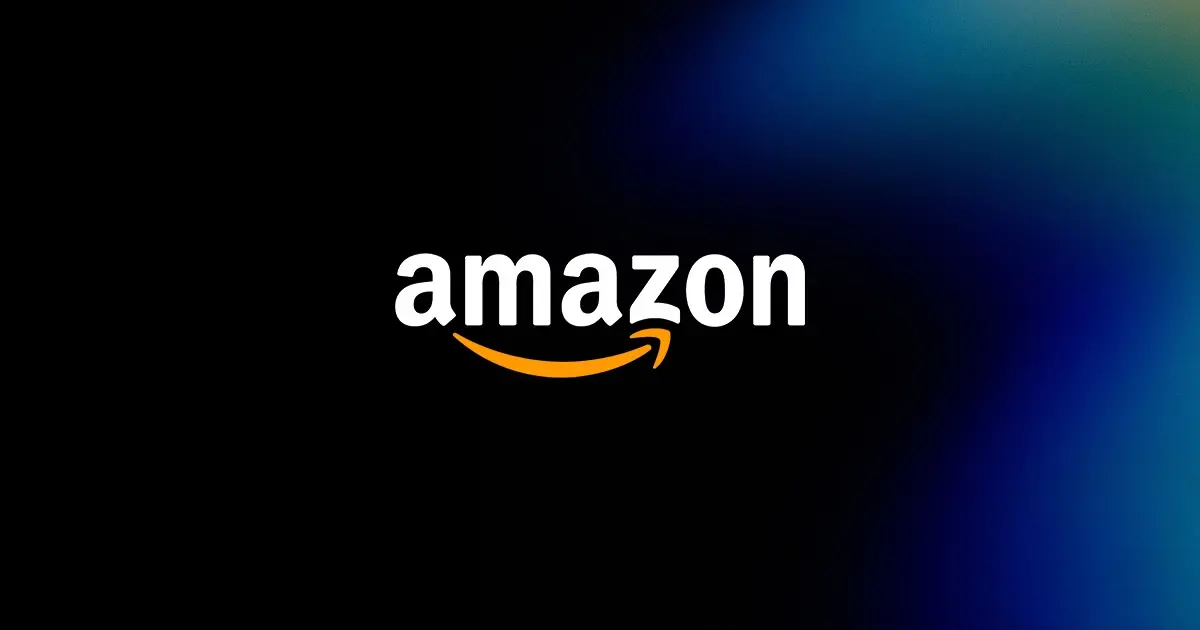
Reading Time: 2 minutesAmazon Begins Quarterly Tax Reporting to China: A New Era of Cross-Border…

Reading Time: 2 minutesAbout the Brand Name: Stylecraft Industry: Home Décor & Lighting Location: US…
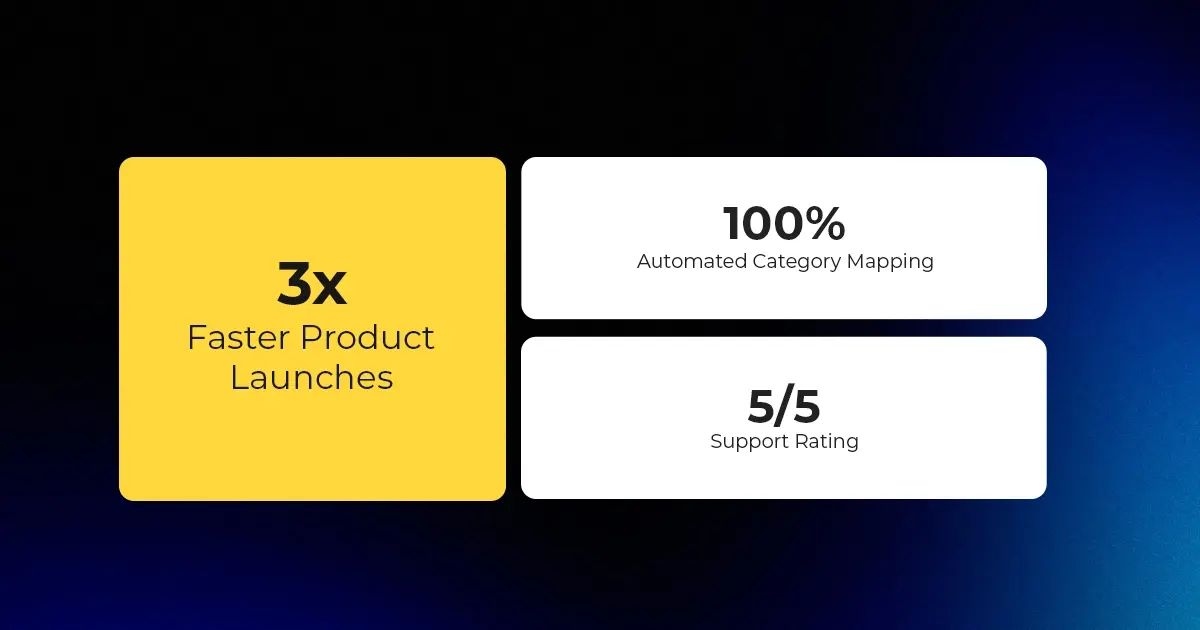
Reading Time: 2 minutesAbout the Brand Name: Flag Agency Industry: Digital Retail & Brand Management…
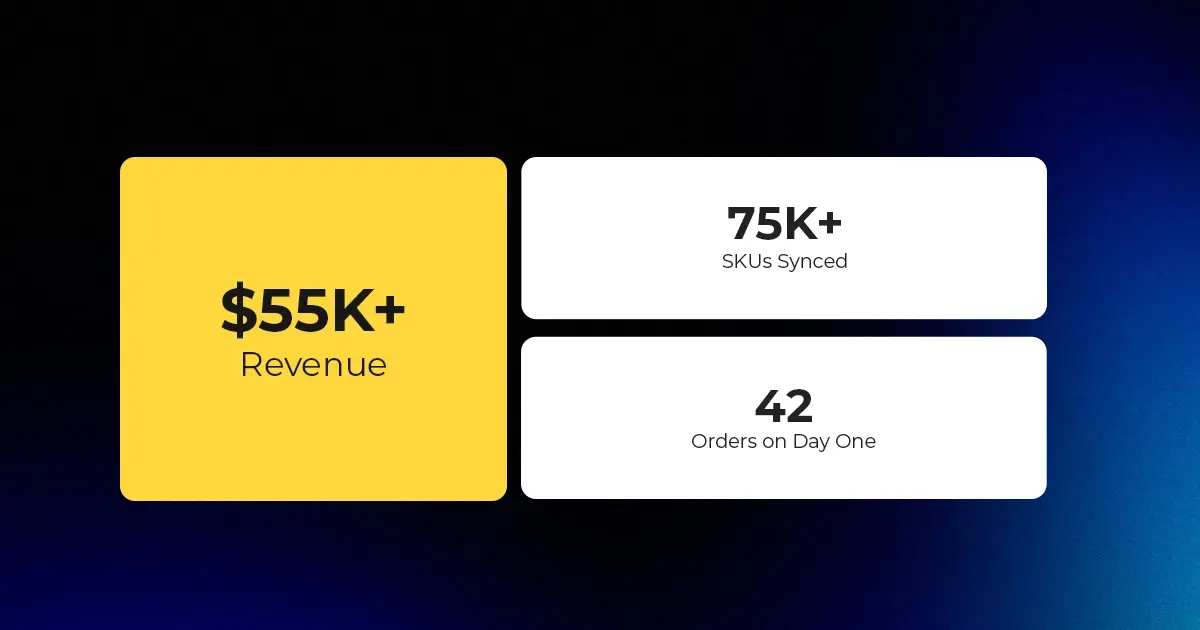
Reading Time: 2 minutesAbout the Brand Name: Stadium Goods Industry: Sneakers, Apparel & Collectibles Location:…

Reading Time: 11 minutesHalloween 2025: The Creative Seller’s Goldmine In the age of viral décor…

Reading Time: 2 minutesOverview AliExpress has launched a new global scheme — the Best Price…

Reading Time: 3 minutesEtsy, Inc. (“Etsy”) today announced two major developments: the appointment of Kruti…
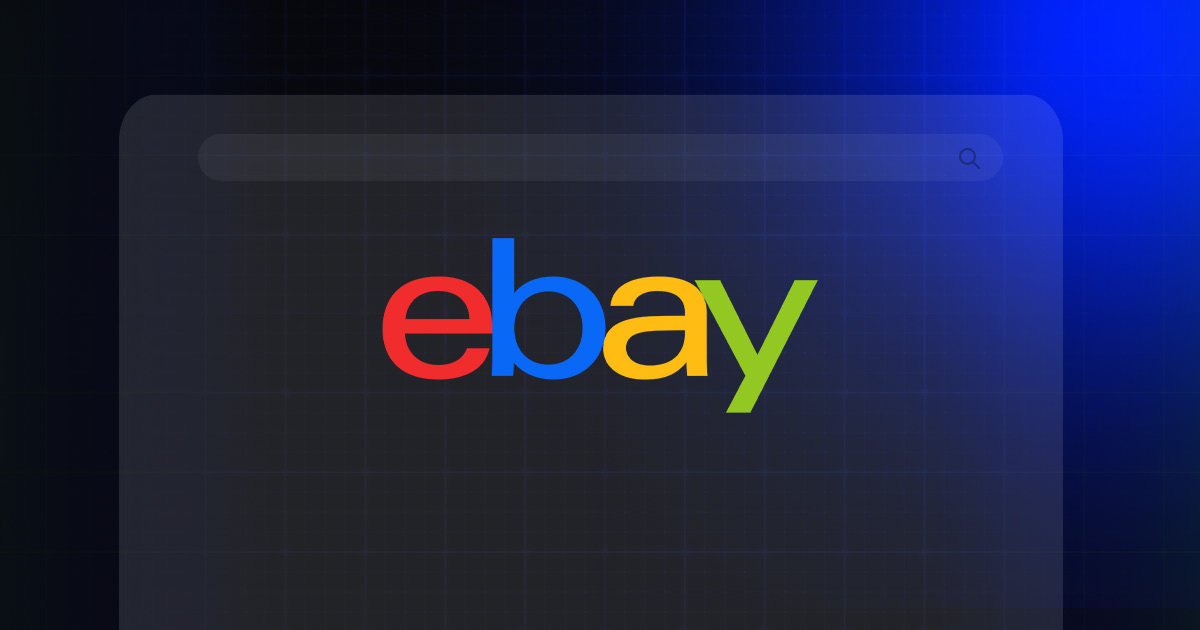
Reading Time: 2 minuteseBay posted a strong performance in Q3 2025, with revenue and gross…

Reading Time: 3 minutesAbout the Client Esty Store: Infinite Spiral, LLC Overview: Infinite Spiral, LLC,…
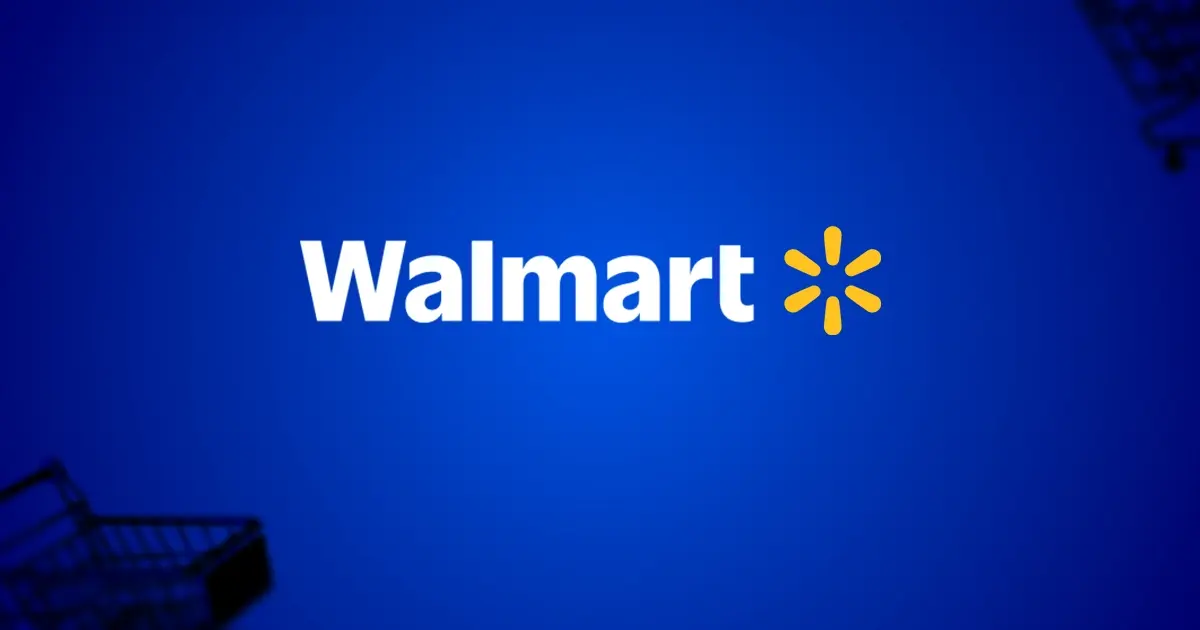
Reading Time: 3 minutesWalmart has announced a landmark partnership with OpenAI that could reshape the…

Reading Time: 5 minutesAfter years of tension over the ownership and control of TikTok, the…

Reading Time: 3 minutesWalmart’s new collaboration with OpenAI signals more than a tech upgrade —…

Reading Time: 7 minutesI. INTRODUCTION: THE PRICE PRECISION IMPERATIVE In Amazon’s high-velocity marketplace, even a…

Reading Time: 3 minutesAmazon recently announced a significant change for sellers advertising in Washington state:…